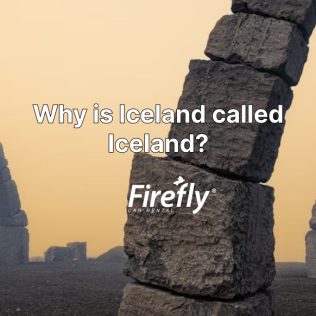With smoldering volcanoes, steaming hot springs, and emerald green valleys dotting its landscapes, you might be wondering, “Why is Iceland called Iceland?”
The tale of how Iceland got its name goes back thousands of years, to the time of the first Norse settlers.
Read on to discover Iceland’s naming history, the legendary figure of Hrafna Flóki, and exactly why Iceland’s name has confused travelers for centuries.
The Settlement of Iceland: Who Were the First Settlers?
Iceland’s first settlers are thought to have been the Norse, who arrived some time in the second part of the 9th century. It’s generally thought that the first settlement was created sometime between 870 and 874, although recent archaeological evidence suggests it could be around 800 CE.
Norseman arrived by sea, sailing from Norway in search of arable land. It’s actually thought that they were blown of course and landed on Iceland by mistake. What they discovered was a land of fjords, mountains, and harsh winters — but also plentiful resources.
It’s likely that the first settlers used the island as a ground for fishing and hunting for part of the year before deciding to form permanent settlements. The first true village was built by Ingolfr Arnarson on the site of what is now modern-day Reykjavik.
Visitors can discover more of Icelandic settlement history at several museums sprinkled throughout the country, including the National Museum of Iceland, the Reykjavik Settlement Exhibition, and The Settlement Center in Borgarnes town in East Iceland.
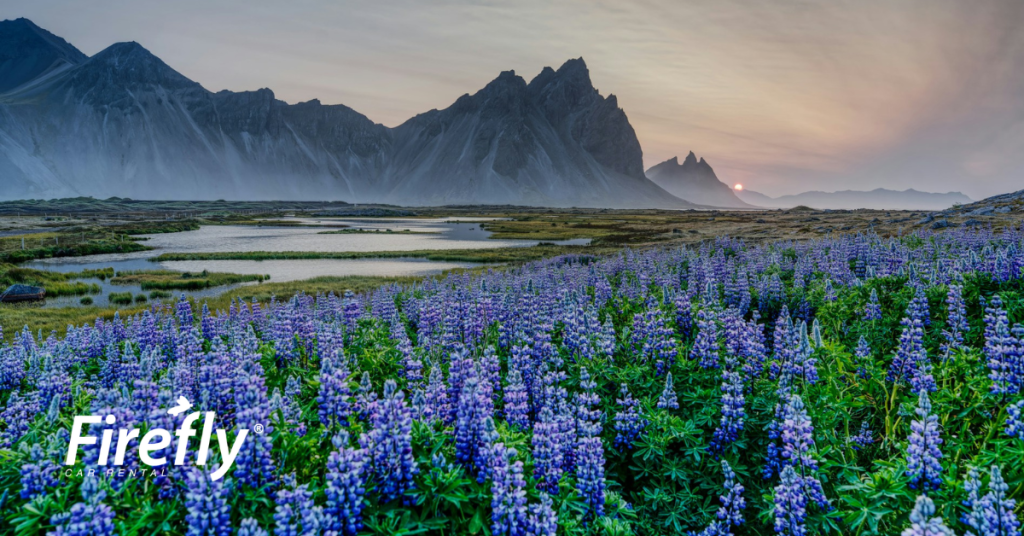
Who Was Flóki Vilgerðarson, and Why Did He Matter?
Flóki Vilgerðarson, also known as Hrafna Flóki (“Raven Flóki”), was a legendary Norse explorer and is the man credited with officially naming Iceland.
He made the journey with a small crew of men and his family, including his wife Gró and two daughters. They stopped in several locations, including the Faroe and Shetland Islands, and it’s thought that one of his daughters perished along the way.
Legend has it that Flóki found Iceland with the help of three ravens. The story goes that Flóki released the birds after setting sail from the Faroe Islands. The first raven returned to the Faroes, the second flew back to the boat, and the third flew in a northwest direction and never returned. This caused Flóki to believe that there was land in that direction.
When they made landfall, Flóki climbed a nearby mountain and saw fjords filled with ice. It was at this moment that he decided to dub the country “Ísland”, meaning “land of ice.”
- Related reading: Discover Iceland Bird Species: A Birdwatcher’s Guide
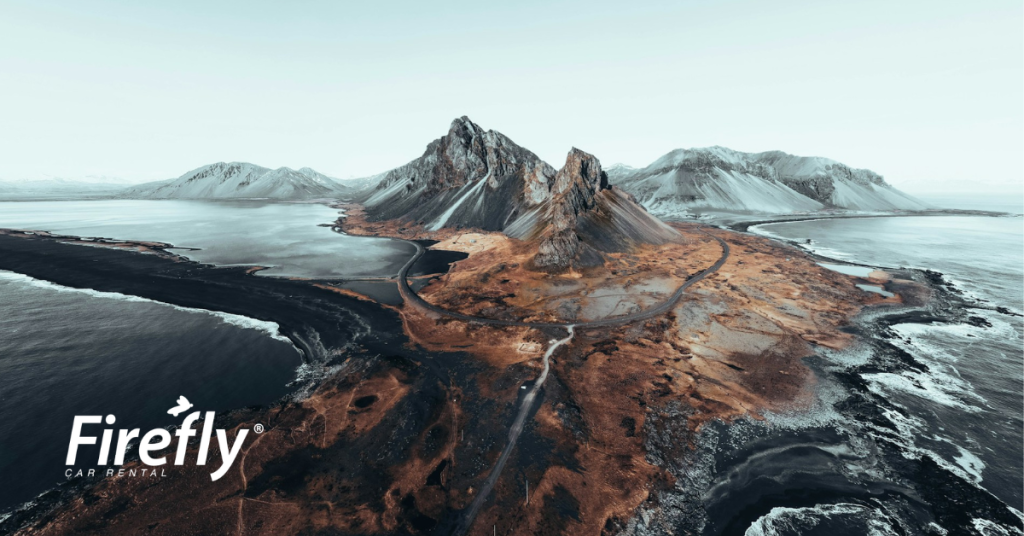
Iceland and Greenland: Why Such Opposite Names?
Many visitors to Iceland and Greenland often wonder why the two were given such opposite names, when in truth, Greenland more closely matches Iceland and vice versa.
While Iceland had already been dubbed so due to Flóki’s findings, the tale of how Greenland got its name is a little different.
Another Norse explorer, better known as the Viking, Erik the Red, founded the first European settlement on Greenland and dubbed it so to attract settlers. In truth, Iceland is much more green than Greenland, a country that is 80% covered by the Greenland Ice Sheet.
On the other hand, Greenland had already been named Kalaallit Nunaat, the Greenlandic word for “the land of the people”. Unlike Iceland which had no other human settlers and actually happens to be the second-to-last major landmass to be colonized in the world, Greenland was settled by the Saqqaq peoples sometime around 2500 BCE.
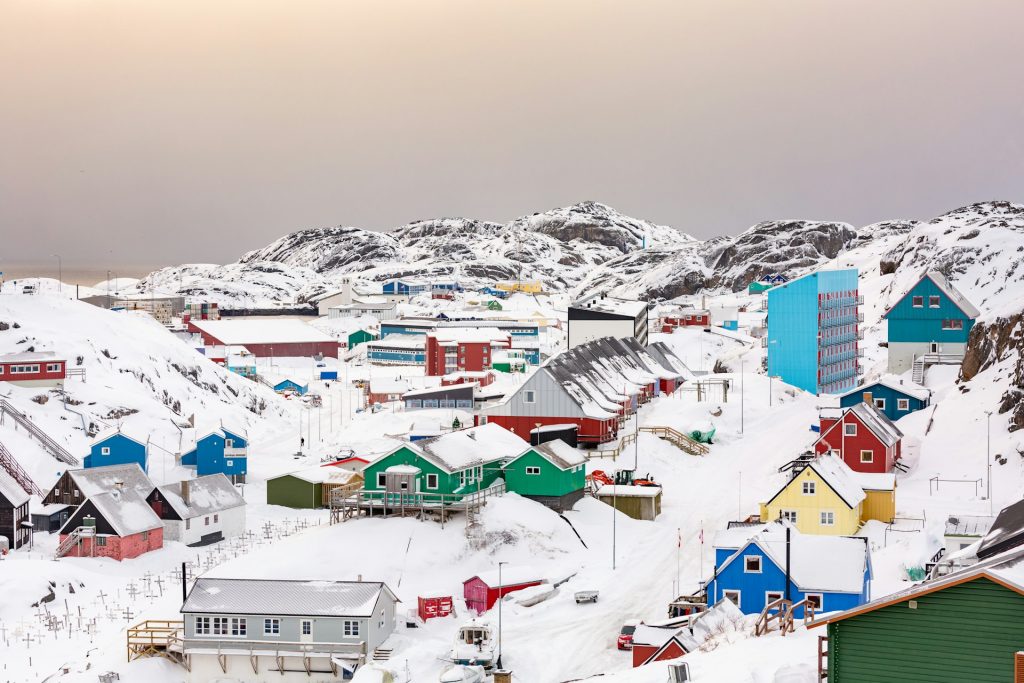
A Land of Challenges and Survival
For the first settlers of Iceland, life was extremely difficult. They faced harsh winters, famine, and frequent volcanic eruptions. Access to the mainland came at the price of a sailing voyage, which was always a gamble of life and death.
Famines were often caused by volcanic eruptions which would black out the sun and cause crops to fail. Many of these even affected the rest of Europe. There were five famines in the 1700s alone, including one as a result of the Laki eruption in 1783.
Icelanders also had to contend with the Black Death, which arrived in the 15th century, despite the country’s isolation. While the rest of Europe was devastated by the first waves of the plague in the 1300s, Iceland lost almost half of its population once the disease arrived.
Luckily, Iceland has always been a country of literature and even the first settlers created written accounts that historians can refer back to. The written history shows that Icelanders have always been a people of endurance, their lives often hanging in the balance of Mother Nature’s whim.
Why the Name Still Matters Today
As luck would have it, the name Iceland stuck and is still the moniker of the country today. Over time, it shaped the country’s identity, representative of its rugged landscapes and both the resilience and rich culture of its people.
Visitors are often surprised to find that Iceland isn’t so icy, after all. In fact, most of Iceland is fairly green with only 10% of its landmass covered in ice.
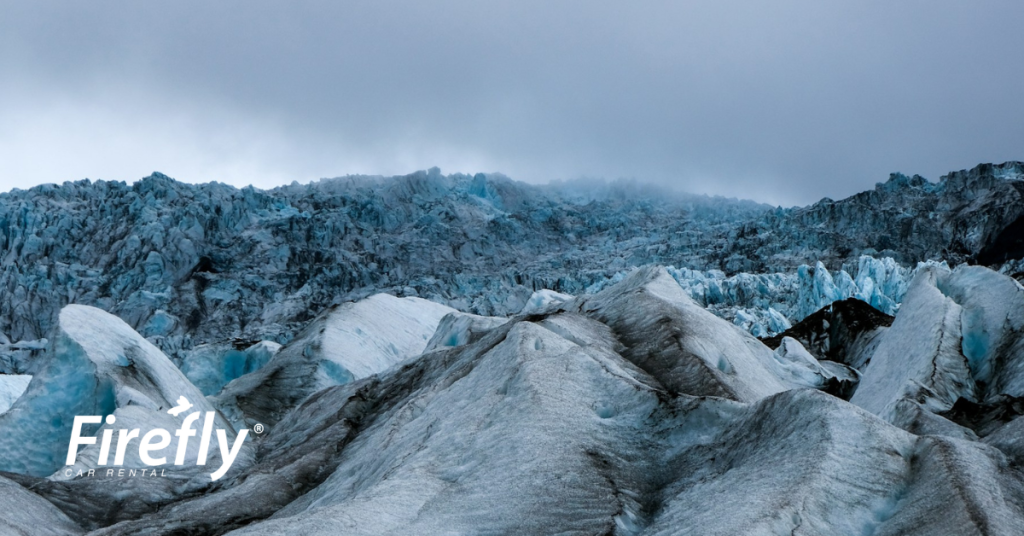
Exploring Iceland Yourself: Best Done by Car
Fascinated by Iceland’s history yet? The best way to explore this beautiful country with a fascinating past is on a road trip, discovering important landmarks and evidence of its history along the way.
Firefly Iceland provides the most affordable and reliable rental cars in Iceland. Roadtripping is the easiest and most affordable way to visit these legendary places, from icy fjords to green valleys, after all.
Check out Firefly’s rental car options and start your Iceland adventure today!
